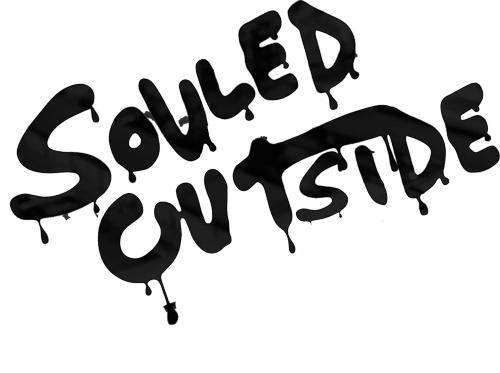“Now, no bombs here.” We would soon discover that wasn’t true.
The road to Khe Sahn cut a misty path through the mountains that divide Central Vietnam from Laos. 200km away from our bus, a six month battle devoured lives and newsreels in 1967. Just steps away, the old Ho Chi Minh Trail sent North Vietnamese weapons through these jungles to that fight.
This was no Appalachian Trail.
The wreckage of American bombs still dots the landscape in places where craters and rubble peak through the undergrowth. Some of the locals here make a living off of dismantling land mines, extracting their explosive components for about $15 a pop. It’s enough cash to feed a modest family for a month—enough, even, to risk your life for.
An American-flag bandana tailed my backpack as we stepped off of the bus and into the mist.
Bombs weren’t our main concern.
Green vipers, cobras and leaches paved the way to our destination, a cavern of gargantuan scale located some 10km into the forest. There, we only had to worry about cave spiders the size of a human skull, rising river water, rats, and rabid bats.
Oh, and tigers. Even here, in the most remote regions of Vietnam, tigers are rare. But their specter looms large over the expedition.
“Three years ago, the porter said he saw a tiger,” tells Jung, one of our two guides. “The tiger was eating a cow. Yes.” The tigers, apparently, are all in Laos. And that’s at least three miles away, the guides explain. Presumably, they don’t carry passports.

Jungleman Ken
“This is not a joke. This is rock n’ roll.”
Jungleman Ken is amped about another morning hike in the jungles of Vietnam, as he rattles off Robin Williams’ famous lines. He’s our expedition leader—the kind of guy who wanders off into the leaves for days on end, the kind of guy who, at 28, has seen more of these hills and valleys than many do in a lifetime. He’s a fit, funny man who readily rattles off quotes from American movies mixed with the melodies of Vietnamese rock n’ roll—which sounds sort of like what would happen if Duran Duran and the Scorpions had a love child.
Together, Ken and Jung lead us from atop the road to Khe Sahn and down into the tempermental river valley that wanders 10km through “spikey tree” and “poison ivy leaf” to the overnight tent village at Hang En Cave.
Both Ken and Jung both well-versed in English and proudly bear the banner of Oxalis Adventures, a five year-old company that started with three people, but now employs over 500 in the small town of Phong Nha, including the eight porters who are accompanying our party. The porters, Ken says, are mostly his neighbors and friends. They don’t speak English, but their Vietnamese skills will help us navigate a lunch at the ethnic minority village at the halfway point on the trail.
“They told me don’t go walking slow, the devil’s on the loose.” — John Fogerty
Jungle Ken can be the life of any party. He’s a constant, high-spirited presence on what would be a grueling trek through sticky mud, rising water and cow pies. He shouts “Hi Barbie!” whenever you call his name.
However, if you let Jungle Ken get serious around the glow of a campfire, he’ll open up. He’ll open up, and he’ll tell you about his other friends—the ones who aren’t on the trip, the ones who are missing arms and legs from the bombs. “Even if they aren’t in the war,” he says.
Accidents happen, he explains, when you try to recover the tennis-ball shaped remnants of the war: a lesson those friends learned when extracting the unexploded ordnance inside for fishing, construction, or sale at the market, a lesson that’s worth risking for about $15 USD a blast.
That’s enough to feed a modest family in Phong Nha for a month. And it’s one of the chief reasons that eco-tourism outfits like Oxalis are improving the working conditions in the mountains near the land of the tiger.
There are tourist-friendly caves in Vietnam, the kind that you can tackle wearing flip-flops before lunch. Hang En is not one of them.
To get to Hang En, you have to earn it. And five minutes into the trek—sliding down mud banks in a world of blood-sucking invertebrates–we all realized the price, unlike Vietnamese beer, wouldn’t be cheap.
It’s impossible to walk through this land without thinking of the past. In Saigon, you can forget the past under the neon glow and glimmer of skyscrapers. In Hue and Hoi An, your focus is pushed to ancient history. But here in the jungle?
“I keep thinking about Jimi Hendrix,” gasps our Brit. “That song ‘All Along the Watchtower,’ I basically downloaded the entire Forrest Gump soundtrack for this trip.”
“It’s tragic,” says an Aussie. “We went through Cambodia before this, and you see the effects of what the Khmer Rouge did. You see the killing fields and bones still coming up out of the ground.”
“It looks like Apocalypse Now,” chimed in an American.
About two hours from the cave, our platoon scurried through a narrow creek bed and into an open field. Before us, the watchtowers of the Annamites looked down from the Laotian border. We weren’t far from the old Ho Chi Minh trail. There was a chance, even, that we’d crossed some small part of it already.
In this breathtaking landscape, on this battered ground, it was impossible not to look back.
We trudged through that field, and then the next and then the next. Our clothes were soaked with river water from the waist down. Our socks were drenched, our shoes crusted in mud. More than a few of us picked leaches out of our clothes and skin.
And, I think, a combination of awe from the natural beauty of this place and appreciation for the people who were here before us sunk in.
The trek to Hang En Cave was tough. And if jungle hiking was this uncomfortable for us—for a team of adventurers with porters and local guides—it must have been unimaginable for real platoons fighting for real countries, for men waiting for death to come from the trees at any second.
Unlike many, we wanted to be here. But why?
It’s the question I was asked most back on American soil.
The answer, I think, is this: Back home, our band would be just another group of young adults out for fun. We’d be real estate agents and software engineers. We’d be journalists and logistics specialists and healthcare professionals. But out here? Off the grid in the middle of Southeast Asia, you are who you want to be. You’re free of the usual workplace stigma. You’re transported into another world—one that’s a bizarre combiation of past and present— and you’re able to appreciate them both simultaneously.
Here in the jungle, we are all time travelers. Here in the jungle, we’re adventurers, too.
In modern Vietnam, You can hide from the war in the shimmering lights of Saigon and Hanoi. But out here, away from it all, you can’t hide from the shared history of this country and the U.S. bombs. But you also can’t hide from views like this:

Ken’s task is to take our party of 16—a Brit, two Aussies, two Swiss and 11 Americans—from the Oxalis base camp and into the world’s third largest cave, through a surreal landscape that few experience.










